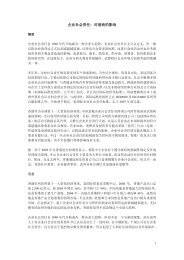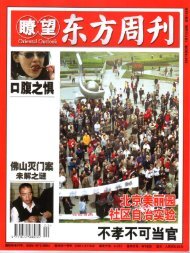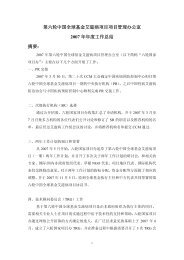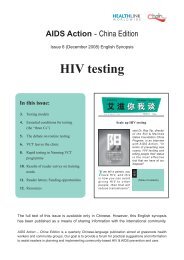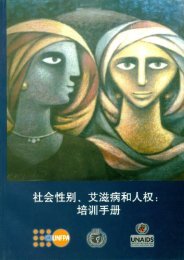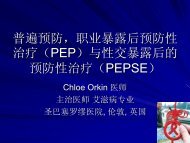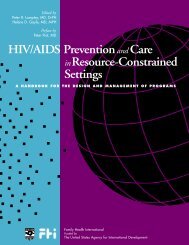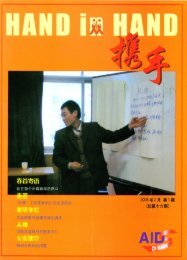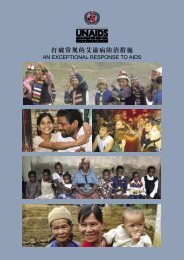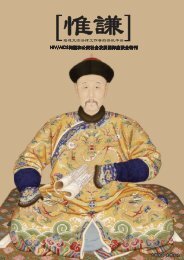The Training of Trainers Manual - UNFPA
The Training of Trainers Manual - UNFPA
The Training of Trainers Manual - UNFPA
Create successful ePaper yourself
Turn your PDF publications into a flip-book with our unique Google optimized e-Paper software.
Exercise: Introduction <strong>of</strong> the spectrum <strong>of</strong> attitudes theory<br />
15<br />
minutes<br />
Objective<br />
Materials<br />
To introduce a theoretical framework for moving towards effective<br />
youth-adult partnerships<br />
Flip chart on which you have written the descriptions <strong>of</strong> ‘Youth as<br />
Objects’, ‘Youth as Recipients,’ and ‘Youth as Partners’ from the<br />
bold type below (taken from Handout 17. Challenges to Building<br />
Effective Youth-Adult Partnerships)<br />
Process<br />
Explain that research in the field <strong>of</strong> youth development recognizes that skills<br />
(especially, communication skills) are important in youth-adult partnerships but<br />
that attitude is even more important. William L<strong>of</strong>tquist has developed a theory<br />
about a spectrum <strong>of</strong> attitudes, which shows whether youth-adult partnerships will<br />
be successful. If adults hold attitudes that undermine partnership, true partnership<br />
will not materialize. Attitudes that support partnership provide the potential for true<br />
partnership development.<br />
Next, distribute the handout and point out the description <strong>of</strong> the spectrum <strong>of</strong><br />
attitudes. Begin discussion about the first attitude, ‘youth as objects’. Read the text<br />
from the handout or the flip chart, or ask a volunteer to do so.<br />
Youth as objects: Adults believe they know what is best and attempt to control<br />
all situations in which youth are involved.<br />
If read by a volunteer, ask him or her to give an illustrative example.<br />
If you read the text, illustrate the attitude with the following example: ‘Let’s say<br />
that I am working for a non-governmental organization on a peer education project<br />
for HIV/AIDS prevention. I have recruited a young artist named David to help me<br />
design a poster with HIV/AIDS prevention messages, to be placed in secondary<br />
schools in the district. If I hold the attitude <strong>of</strong> “youth as objects”, I will tell David<br />
exactly how the poster should look, what messages it will deliver, and where<br />
the poster will be placed. I will control every aspect <strong>of</strong> the project. It would be<br />
understandable if David did not want to work with me anymore since I am wasting<br />
his time and talent.’<br />
Explain that this attitude is <strong>of</strong>ten based on the belief that youth are in need <strong>of</strong><br />
protection from the outside world. <strong>The</strong>refore, the adult tells the youth exactly how<br />
the programme will run, including all operational details. <strong>The</strong> adult evaluates the<br />
programme without input from youth.<br />
120 <strong>Training</strong> <strong>of</strong> <strong>Trainers</strong> <strong>Manual</strong>




